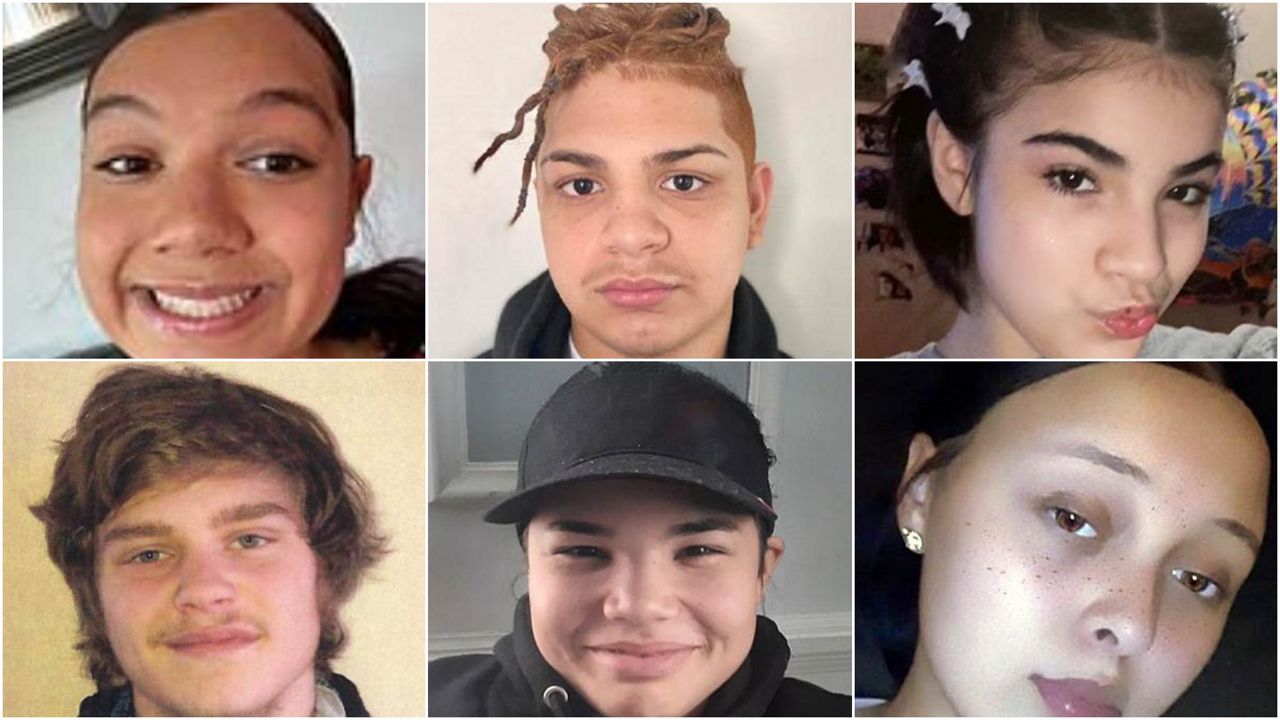MASS. - Since the start of 2022, 94 children have already gone missing in Massachusetts, adding to the volumes of missing and unidentified children lost throughout the decades.
While the sheer numbers of the missing can be overwhelming, the participants of Missing Children’s Day at the Massachusetts State House are working to make sure that the public remembers every face and name of a child who goes missing to find answers for victims’ families.
This year’s 21st Missing Children’s Day held virtually last week focused on collaboration and how relationship building between law enforcement, legislators, the public, and victims’ families to create resources that benefit public safety.
John and Magi Bish originally developed the event after their own daughter, 16-year-old Molly Bish, disappeared from her lifeguard post at Comins Pond in Warren on June 27, 2000, and whose remains were discovered three years later.
Missing Children’s Day 2022 in Massachusetts was held May 18 and hosted by State Senator Anne Gobi and State Representative Todd Smola, who have taken part in the event since its development, and was co-hosted by Dr. Ann Marie Mires, Director of the Forensic Criminology Program at Anna Maria College who recovered Molly Bish’s remains in 2003, and Melanie McLaughlin, Ed.M Product Productions LLC. McLaughlin is an Emmy award-winning filmmaker whose investigative documentary “Have You Seen Andy?” documents her search for answers after her childhood friend, Angelo “Andy” Puglisi went disappeared from a local pool in Lawrence on Aug. 21, 1976.
The goal of the Missing Children’s Day event is to shine a spotlight on missing, murdered, and unidentified children throughout the state while advocating for new technologies and legislative initiatives to help law enforcement and victims’ families in their continued search for answers and justice.
Every year, 600,000 people go missing throughout the United States with 4,400 unidentified bodies recovered each year.
McLaughlin said a missing child case does not receive homicide investigative tools and resources until they deem it a homicide, meaning that missing persons cases that are decades old are still unresolved until they present new evidence to change the case status. This is further complicated by the lack of a centralized state-level database repository, which makes it hard to get an accurate count of the children missing throughout Massachusetts.
“The unsolved homicide of a child often does not have the publicity of a recent missing child, too many children are left in between worlds. Today, district attorneys in Massachusetts are working with state and local police as well as families and victim advocates to resolve cases both old and new,” McLaughlin said.
Bristol County District Attorney Thomas M. Quinn III, Hampden County District Attorney Anthony Gulluni, Essex County District Attorney Jonathan Blodgett, and Middlesex District Attorney Marian Ryan presented at the virtual Missing Children’s Day and explained how collaboration led to breakthroughs and solved cold cases within their own districts.
In November, Ryan’s office collaborated with a local sonar company to search the Concord River for Judy Chartier after the 17-year-old Chelmsford resident was last seen leaving a Billerica house party in June 1982. After 39 years of searching, Chartier’s remains were discovered in her submerged Dodge Dart after sonar detected the vehicle.
“What else in the world is happening in Massachusetts today that is more important than children being missing? And I say that not just as a District Attorney, but as a mother. And every parent knows that when you are in a grocery store and you lose sight of your child for five seconds, there is that heart stopping fear while you’re searching for them… and we talk in these cases about parents who have been missing their children for decades,” Ryan said.
During the call to action, Dr. Ann Marie Mires relayed several changes that would benefit law enforcement and victims’ families throughout the state in their investigative efforts to find those who have gone missing.
Adherence to the best practices suggested by the Missing Persons Task Force, creation of a state-level database repository dedicated to missing persons and unresolved homicide cases, legislative funding or unresolved case units, and a media strategy that keeps missing children’s cases in the public eye are just a few changes that were recommended by the professor and former medical examiner.
“It’s really quite a daunting reality for the families of the missing, the families of the murdered, where there has not been any resolution… and that is why we are here… to highlight how important it is to move these cases forward,” Dr. Mires said.
Heather Bish, Julie Murray, and Donna White understand the indescribable hell that comes with a loved ones’ sudden disappearance. They provided their powerful first-hand accounts during the Victim’s Family Forum and voiced their advocacy and support for other families suffering like them.
Julie Murray spoke about how her sister, Maura Murray, a 21-year-old UMass nursing student who disappeared under mysterious circumstances on Feb. 9, 2004. There have been no clues about Maura’s whereabouts since her 1996 black Saturn was found crashed and abandoned that same night in Haverhill, N.H.
“The case is cold and with no credible leads, my family is left to take to social media to keep spreading awareness. Our biggest fear is that my sister will become a file on a cabinet,” Murray said.
Those with tips or information about any missing children are asked to call the National Center for Missing & Exploited Children at 1-800-THE-LOST (1-800-843-5678).



